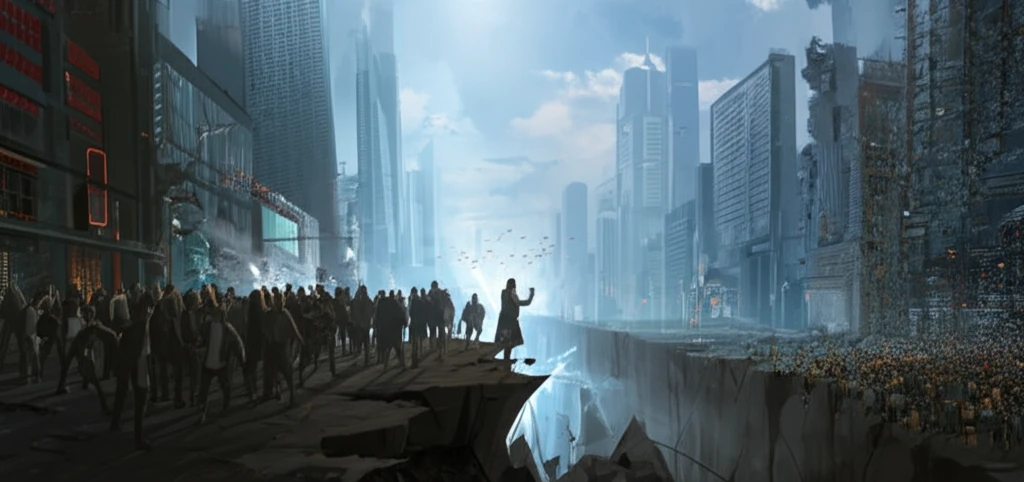
The Urban Wage Gap: How City Size Impacts Racial Inequality
"Discover how metropolitan areas exacerbate wage disparities between Black and White workers, and what's behind this growing divide."
For decades, researchers have documented the persistent economic disparities experienced by African-Americans in the United States. While factors like education, family background, and discrimination have been extensively studied, a new dimension of inequality is emerging: the urban wage premium. This refers to the higher wages typically found in larger, more densely populated cities, but it appears that not everyone benefits equally.
Recent research reveals a troubling trend: as city size and employment density increase, so does the wage gap between Black and White workers. This means that the economic advantages of urban centers are not being shared equitably, and in some cases, these advantages are actually widening the divide.
This article dives into the factors driving this phenomenon, exploring how the benefits of urban economies may be unequally distributed. We'll examine the role of social networks, access to information, and other potential barriers that prevent Black workers from fully capitalizing on the opportunities offered by metropolitan areas.
The Growing Divide: Urbanization and the Black-White Wage Gap

The study highlights a significant empirical finding: the Black-White wage gap tends to widen with increasing city size and employment density. This means that African-American males' pay grows more slowly compared to their White counterparts as cities become larger and more economically concentrated. Estimates suggest that these effects account for between 9% and 18% of the overall Black-White wage gap.
- Metropolitan Area Population: A doubling of a metropolitan area's population is associated with a 0.7 to 1.0 percentage point increase in the Black-White wage gap.
- Employment Density: A doubling of employment density correlates with a 1.2 to 1.4 percentage point increase in the Black-White wage gap.
Bridging the Divide: Addressing Inequality in Urban Economies
The findings of this research call for a deeper understanding of the factors that contribute to racial wage gaps in urban settings. By addressing these disparities, cities can work towards creating more equitable and inclusive economies that benefit all residents, regardless of race. Further research is needed to identify effective strategies for promoting equal access to opportunities and ensuring that the benefits of urbanization are shared by all.
